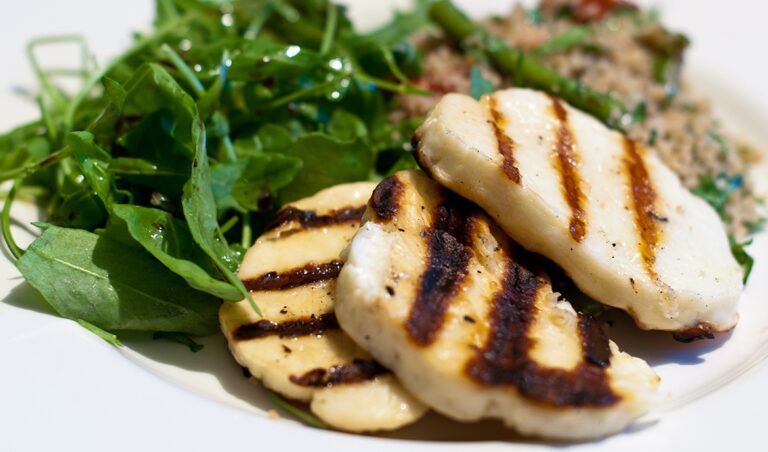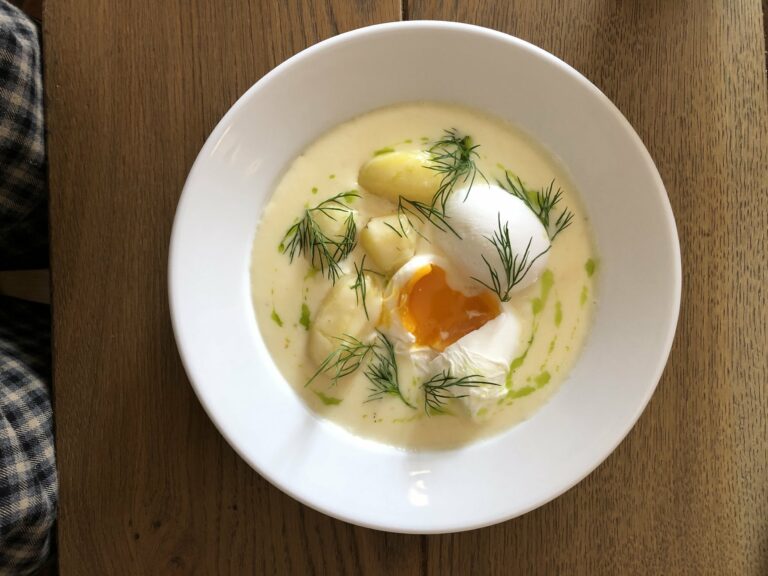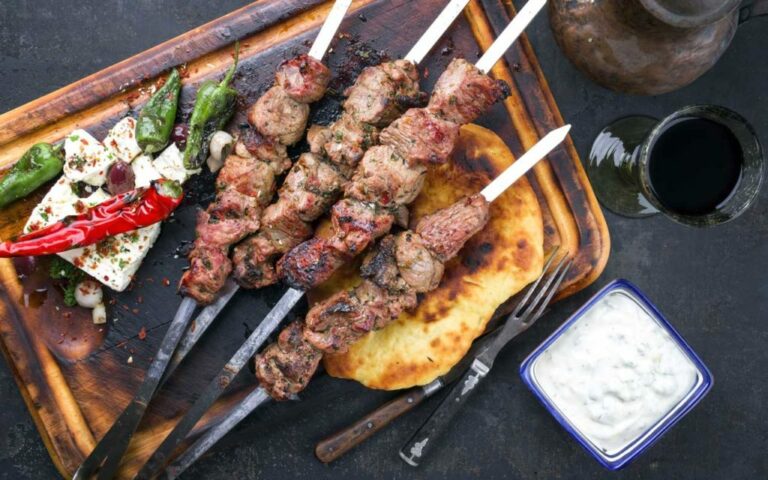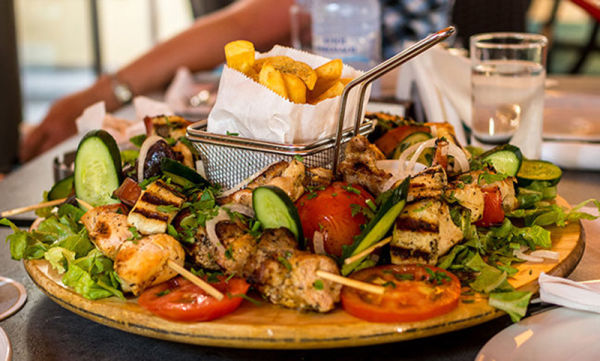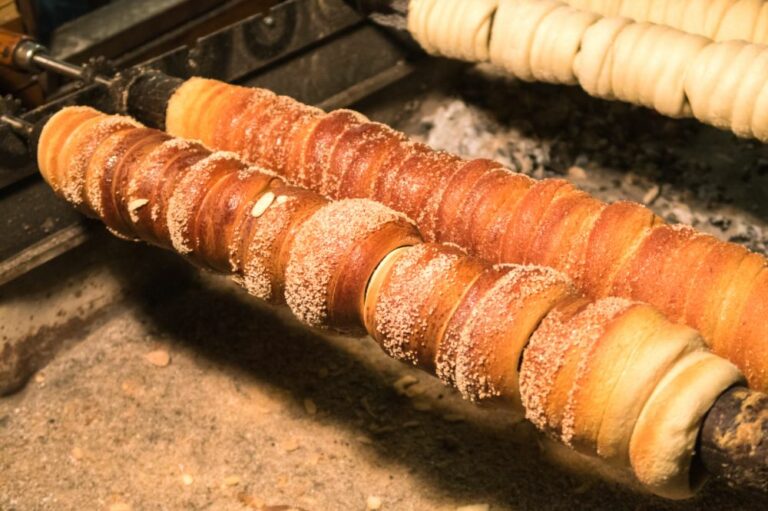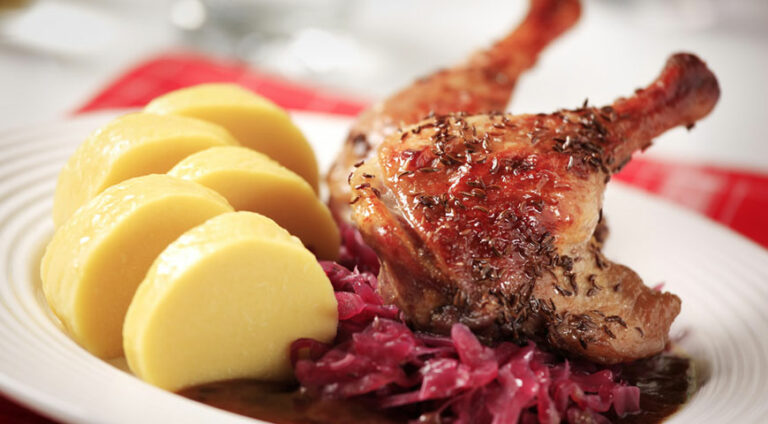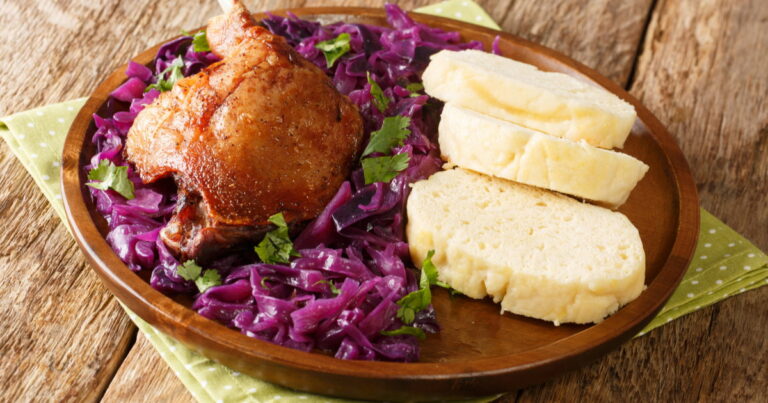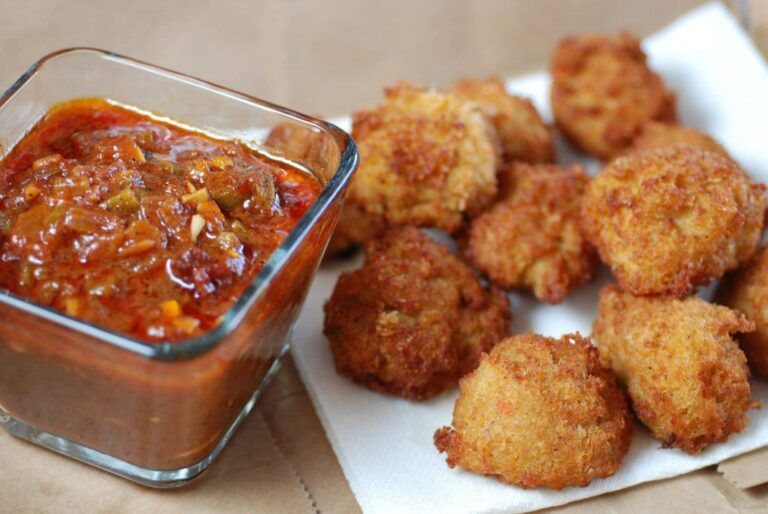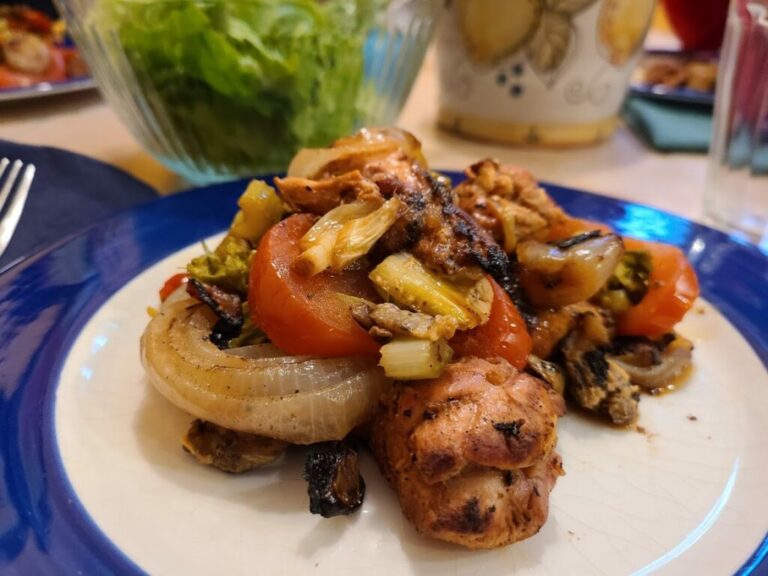Introduction: Exploring traditional Cypriot cuisine
Cypriot cuisine is a vibrant and delicious blend of Mediterranean flavors and influences. With centuries of history and cultural diversity, Cypriot cuisine is rich in both taste and tradition. One of the best ways to experience the flavors of Cyprus is by exploring its traditional snacks and appetizers. These dishes offer a glimpse into the vibrant culinary heritage of this beautiful island nation, and they are the perfect way to get a taste of the local culture.
Halloumi: The beloved cheese of Cyprus
Halloumi is a traditional Cypriot cheese that is beloved by locals and visitors alike. This cheese is made from a blend of sheep and goat milk, and it has a unique texture that is both firm and chewy. Halloumi is typically served grilled or fried, and it is often accompanied by fresh vegetables and a light dressing. The flavor of halloumi is salty and slightly tangy, making it a perfect complement to a wide range of dishes.
Kolokotes: A tasty pumpkin treat
Kolokotes are a traditional Cypriot snack that is made from pumpkin, bulgur wheat, and a blend of herbs and spices. These small, savory pies are typically baked in the oven and served hot, either as a snack or as an appetizer. The filling of kolokotes is rich and flavorful, with a satisfying texture that is both soft and chewy. This snack is a popular choice among locals, and it is a must-try for anyone visiting Cyprus.
Loukoumades: Delicious bite-sized donuts
Loukoumades are a sweet and decadent snack that is popular throughout Cyprus. These small, round donuts are made from a blend of flour, yeast, and sugar, and they are typically served hot and covered in honey syrup or chocolate sauce. Loukoumades are light and airy, with a subtle sweetness that is sure to satisfy any sweet tooth.
Souvlaki: Grilled meat on a skewer
Souvlaki is a traditional Cypriot dish that is made from grilled meat on a skewer. This dish is typically made with pork, chicken, or lamb, and it is often accompanied by pita bread, tzatziki sauce, and fresh vegetables. The meat in souvlaki is marinated in a blend of herbs and spices, which gives it a rich, savory flavor that is sure to satisfy any appetite.
Taramosalata: A savory spread made of fish roe
Taramosalata is a traditional Cypriot spread that is made from fish roe, olive oil, lemon juice, and bread crumbs. This savory spread is typically served as an appetizer, and it is often accompanied by fresh vegetables or pita bread. The flavor of taramosalata is salty and slightly fishy, with a creamy texture that is sure to delight any palate.
Tirokafteri: A spicy cheese dip
Tirokafteri is a spicy cheese dip that is made from feta cheese, olive oil, and chili peppers. This dip is typically served as an appetizer, and it is often accompanied by fresh vegetables or pita bread. The flavor of tirokafteri is spicy and tangy, with a creamy texture that is sure to satisfy any craving for something bold and flavorful.
Conclusion: Discovering the rich flavors of Cyprus
Exploring the traditional snacks and appetizers of Cyprus is a wonderful way to experience the rich flavors and cultural heritage of this beautiful island nation. From the salty tang of halloumi to the sweet decadence of loukoumades, there is something for every taste bud to enjoy. So the next time you find yourself in Cyprus, be sure to sample some of these delicious treats and discover the culinary treasures of this vibrant island nation.

